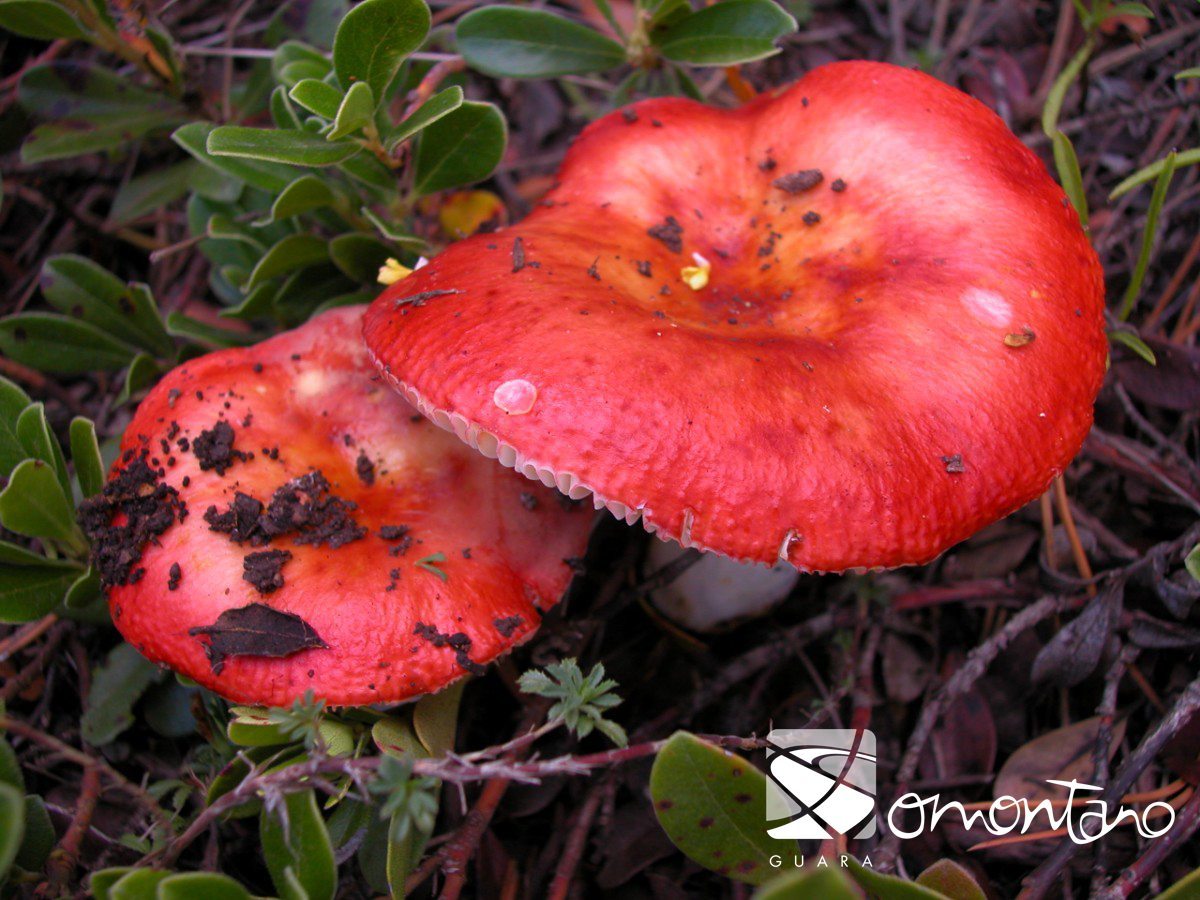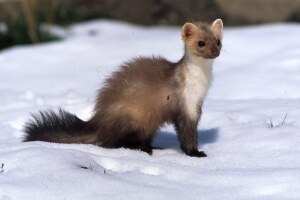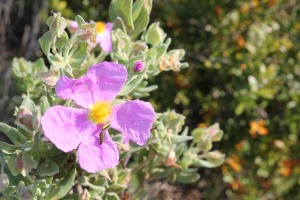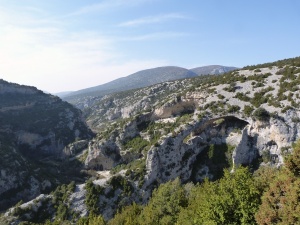The varied climate and orography of Somontano provide a range of habitats where infinite species of fungus can develop; they grow throughout the year but are prevalent in spring and autumn. Of course not all are edible and it is essential to be sure of the types of wild mushrooms collected before eating them.
Pine woods
In the pine woods of Somontano there are diverse species of pine trees such as the Scot, Black and Aleppo Pines. They occupy large areas and are widely used to repopulate forests. Pines are rich in fungus and mushrooms and it is possible to find; Amanita muscaria, Suillus luteus, Suillus granulatus, Boletus edulis, Hygrophorus marzuolus, Morchella conica, Gyromitra esculenta, Cortinarius sp, Fomitopsis pinicola, Sarcodon imbricatus, Tricholoma equestre, Tricholoma portentosum, Tricholoma terreun, Lactarius deliciosus, Lactarius sanguifluus, Cantharellus cibarius, Cantharellus lutercens, Cantharellus tubaeformis, Russula sp, Tricholomopsis rutilans, Sparassis crispa, Chroogomphus rutilus, Gomphidius glutinosus, Hygrophorus eburneus and many more.
Oak groves
These deciduous forests are common in the region, with the Portuguese Oak (Quercus faginea) prevailing.
These forests are rich in wild mushroom species such as Amanita caesarea, Amanita citrina, Amanita phalloides, Amanita rubescens, Amanita vaginata, Amanita crocea, Boletus aereus, Boletus aestivalis, Entoloma lividum, Cantharellus cibarius, Russula sp, Lepiota sp, Collybia sp, Fistulina hepatica and many more.
Holm oak groves
These are made up of two types of holm-oak (Quercus ilex & Quercus rotundifolia) the latter having broader leaves. These areemblematic of Mediterranean forests and although tree-like in appearance, they can also appear as tangled bushes with a multitude of trunks leaving one single base. Due to the tree-felling and thinning, for pasture and charcoal production, these forests now also contain the Kermes Oak (Quercus coccifera), gorse, thyme, savin and juniper trees (Juniperus sp).
This environment is home to many species of wild mushroom especially after summer storms. These include Amanita caesarea, Amanita phalloides, Boletus aereus, Boletus aestivalis, Boletus satanas, Leccinum lepidum, Lactarius chrysorrheus, Lactarius cistophillus, Xerocomus armeniacus, Mycena quercus-ilicis, Hygrophorus russula, Hygrophorus personii, Lepista nuda, Hydnum repandum and the most symbolic Tuber melanosporum.
Riverside forests
The trees found along the banks of the rivers include the White Poplar (Populus alba), diverse varieties of Willow (Salix sp) and Ash (Fraxinus sp.) among others.
Often found are Agrocybe aegerita, Tricholoma populinum, Lactarius controversus, Coprinus sp, Morchella esculenta, Pleurotus eryngii, Helvella sp, Auricularia mesenterica, Peziza sp.









